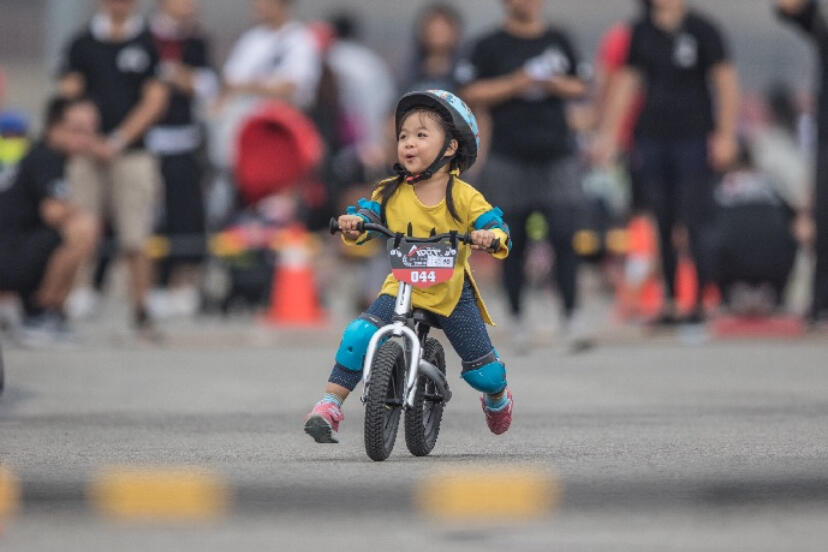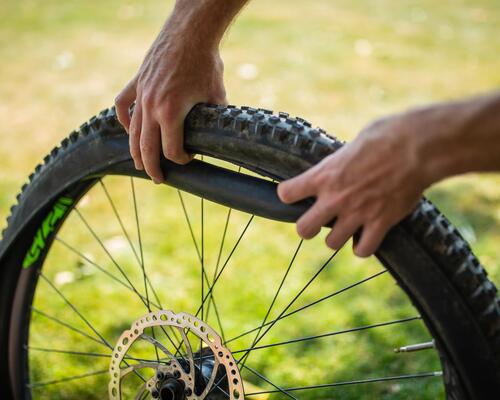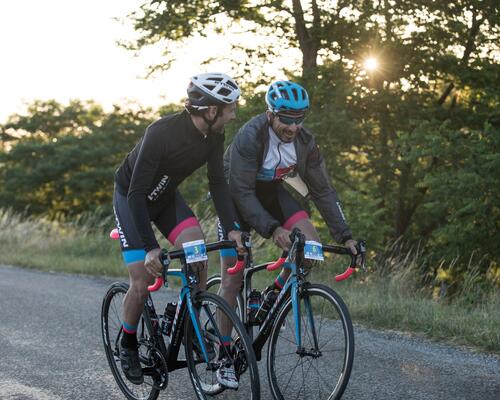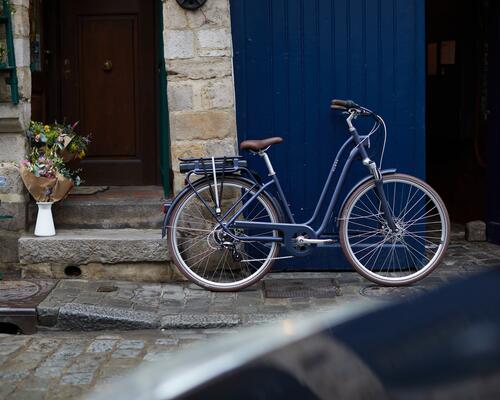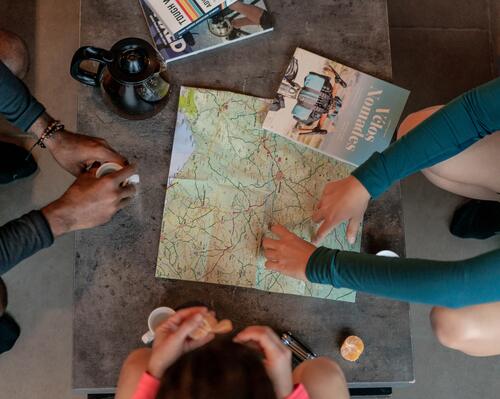What happens if the size of the bike frame is not right? What do I need?
We understand the you might be tempted to buy a slightly larger kids' bike in order to anticipate the child's growth and allow them to keep it longer. Warning, that is not a good idea!
Why?
Choosing the wrong size bike for your kids can lead to discomfort, fatigue, and even safety hazards. Bicycles are designed with specific ergonomics to fit each age and body type, so it's important to choose a bike that fits your child's size. Avoid the temptation to opt for a larger bike with the intention of using it for a longer time. This not only hinders the learning process, but it can also pose a risk to your child's safety.
The child should be able to reach the brakes quickly and easily and have both feet touch the ground if a sudden stop is needed.
An overly large bike or a bike seat placed too high can cause discomfort and strain in the knees. When the legs are forced to stay straight while pedalling, knee pain may occur. Furthermore, being farther away from the brake handle can prolong the child's reaction time in case of an obstacle, reducing safety. On the other hand, when a bike is too small, the child bends their legs excessively, making them tired faster, and may experience knee pain in the front of the knee. A bike seat that is too low can also cause discomfort in the front of the knee.
In summary, an improper kids' bike size is not ideal if you want them to enjoy the sport.








